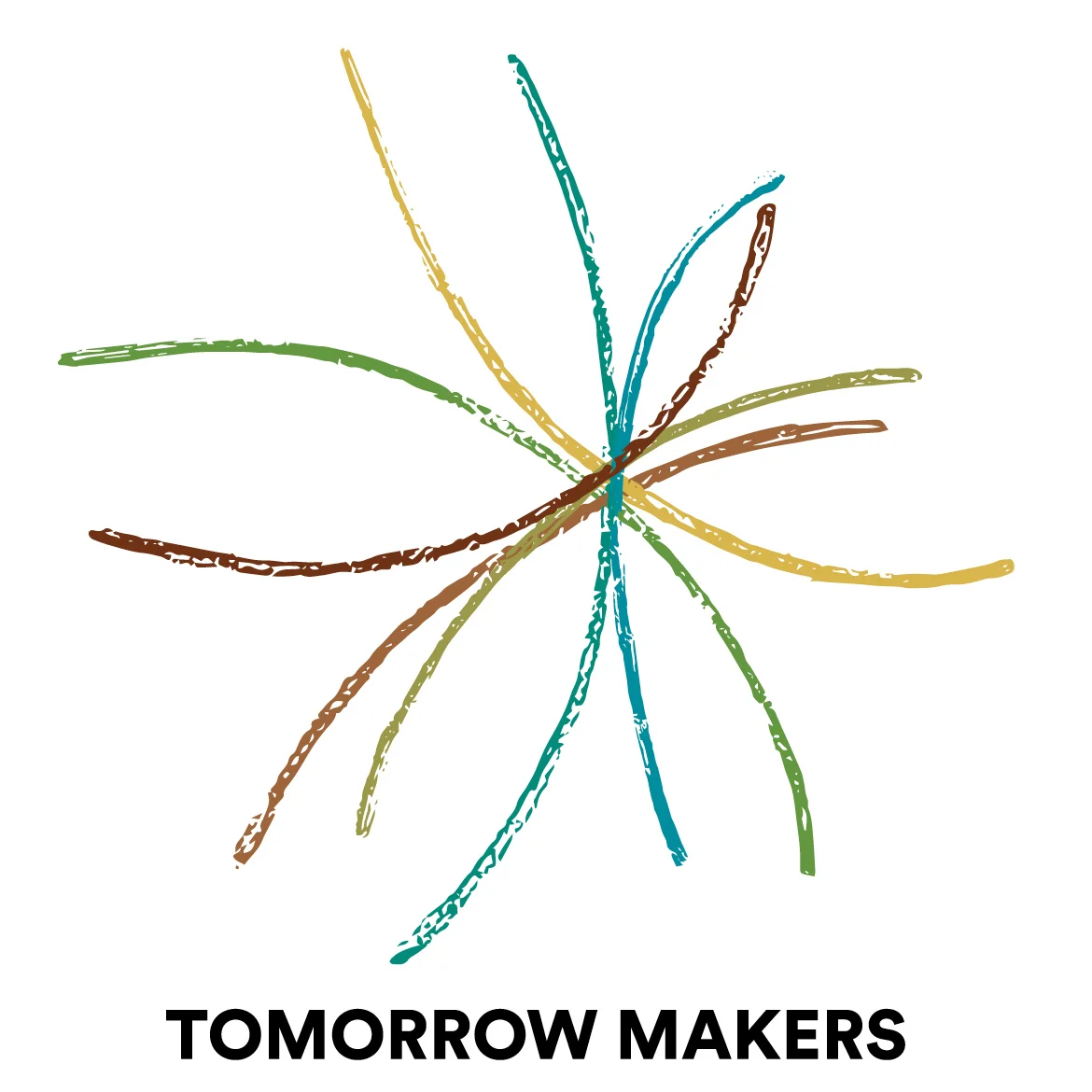An upCREATION Experience
/Upcreation – self-organization that brings forth an emergent level of complexity that encompasses, without destruction, the previous lower levels of organization. In the right circumstances self-organization can often also be legitimately called self-creation. Without an outside agent, the parts cohere into a new organization that brings forth an "emergent" level of self not present before. Since the new emergent level of complexity encompasses, without destruction , the previous "lower" levels of organization, I call this self-creation of higher levels 'upcreation'. Kevin Kelly, What Technology Wants, 2009
Our MG Taylor Axiom "You can't get there from here." has never been more relevant. Indeed, we cannot create a better world using the same framework from which we built and developed the now crumbling, infolding industrial paradigm that brought many of us wealth and good fortune. Like all creative processes it has reached its end and is now eating and destroying itself. Thus, we find ourselves entangled in what the science fiction writer, Robert Heinlein, refers to as the crazy years. Those holding on desperately to the world they know, and the growing percentage of people working to give form to the paradigm unfolding for a more just, humane world are both (mostly) working within an old, dying paradigm.
"But you can get HERE from THERE." is the second part of the above axiom. Here to there, there to here, what is the difference? The first says "hang on to what we know just go faster, or consume less, or love each other more, or play fair, find the answer."...all good actions but they can't take hold because they still are trying to strenghten, understand and make better the existing paradigm. "You can get HERE from THERE" comes within an entirely different framework.
So what are the right circumstances that we are looking for? How do we bring forth through self-organization an emergent level of complexity that encompasses, without destruction, the previous lower levels of organization? I think we must Leap the Abyss before we can truly design from THERE back to HERE. And that's scary to let go of what we know to be true and to trust in ourselves, our own knowledge and that of our friends and colleagues and bosses. What does Kelly's quote mean when it says "without distruction"?
Stuart Kauffman in his book, Humans in a Creative Universe offers: "the process of reinventing the sacred requires a fresh understanding of science that takes into account complexity theory and the ideas of emergence. It will require a shift from reductionism, the way of thinking that still dominates our scientific world view." The existing paradigm declares that everything past, present, and future can be known. Science today is born of complexity, whole systems, adjacent possibles and emergent properties. It is not reductionist, but expansive moving from pre-adaptive to adjacent possibles. In this world, reality is ours to choose not be driven by some other force. It states the universe and humans within are inherently creative and curious, constantly expanding possibilites.
This then is the THERE we find when we leap the abyss: A creative universe working with us to create the world of our choice. For many years there have been scores of us making attempts to leap the abyss, to wake into a new reality. We have made many tries over time. So then, here is the good news. Prigogine found that state chages, or phase transitions occur when about 10% difference is added to a culture. I think that the 10% is here. It is in within our midst but fragmented and incomplete. Our work now is to work together enfolding and unfolding ideas, process, visions of our THEREs, authoring the world we choose. Clearly it is time to scale, but with a fresh understanding. "Without an outside agent, the parts cohere into a new organization that brings forth an "emergent" level or self not present before."
What is this self, not present before? As we reorganize and work differently together, I believe we will author our new selves into fresh possibilities.
That is the offering for our upCREATION Experience; it is discoveries we will make through our inquiries, and conversations, and deep dives into the past and the future. It is the network created together, the self-authoring we will do as we come to fully understand the hope and actions within upCREATION. Apply now. Let's augment our practices together!

